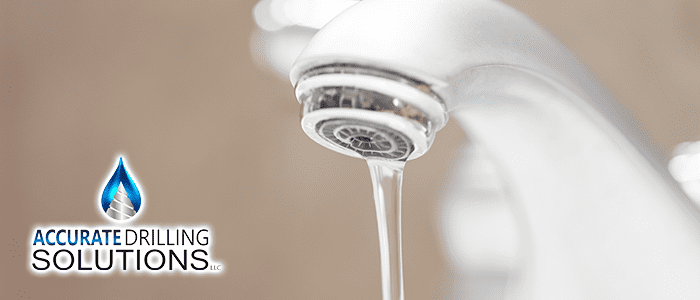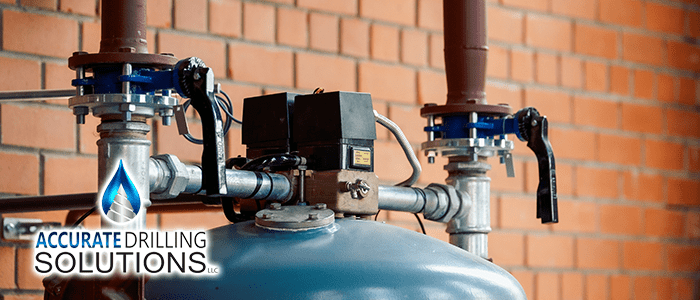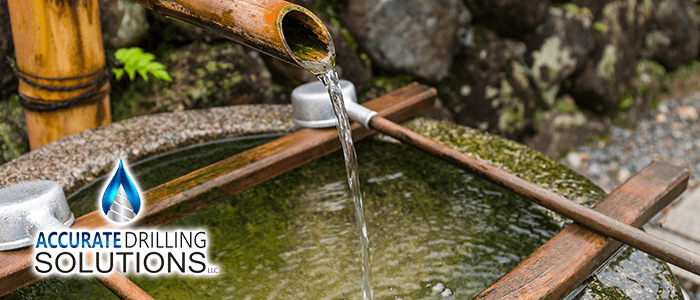
The well pump is the beating heart of the water well, so when something goes wrong with it, owners worry. A common issue for well pumps is short cycling, and well professionals discuss it often. However, many well owners do not know exactly what short cycling is. This week, we are explaining well pump short cycling. Read on to learn what short cycling is and what often causes short cycling.
So What Is Short Cycling?
Short cycling is when the water pump shuts on and off intermittently. The cycling happens while the owner is trying to access the water in the well. It is a very frustrating experience, as the pump is stopping and starting water flow on its own whim.
There are a wide variety of issues that can cause the short cycling. There is one more common cause, and then quite a few less likely, but equally plausible issues.
Loss Of Air Charge
This issue is much more common in older water wells. Essentially, in the water tank there is a balance of water and air. If there is not enough air, the water does not push out at an even pace. This leads to starts and stops in the water flow and pump cycling.
This is far and away the most common source of well pump cycling. Fortunately, in newer water pumps there is a special bladder for the air, so it is harder to lose the air charge. However, it is still possible if that air bladder is damaged.
The Filter Is Clogged
Filters on water wells work very hard to keep silt and sediment out of potable water. However, sometimes those filters become clogged or obstructed. If the filter is clogged entirely or even partially, the pump cannot pull water from the well at a proper pace. This leads to the pump cycling. It’s turning on and straining to try and get the water through the filter, but because of the block it cannot. When it realizes that it isn’t pulling any water, it turns off.
You Have A Pressure Switch Problem
The pressure switch is a safety measure on a water well. it turns the well off when the water pressure is getting too high, this prevents the water from breaking the pipes or any well components. However, this emergency shutoff can have problems.
One potential part of the problem is actual technical issues, such as damaged switch Contacts. The switch is pushed onto the Contacts when the water pressure is too high. however, if the switches are defective, they will turn off the well even if there’s not a pressure issue.
On the other hand, the problem might lie in something as simple as a clump of dirt. The pump switch can be clogged internally from sediment in the water. Additionally, improper housing for the switch can lead to external dirt and grime getting into the switch and causing problems.
continue reading
Related Posts
Addressing Water Pressure Issues in Wells: Expert Solutions Water pressure
Benefits of Water Filtration Systems for Well Owners in Central
Essential Tips for Conserving Water with Your Private Well Are





